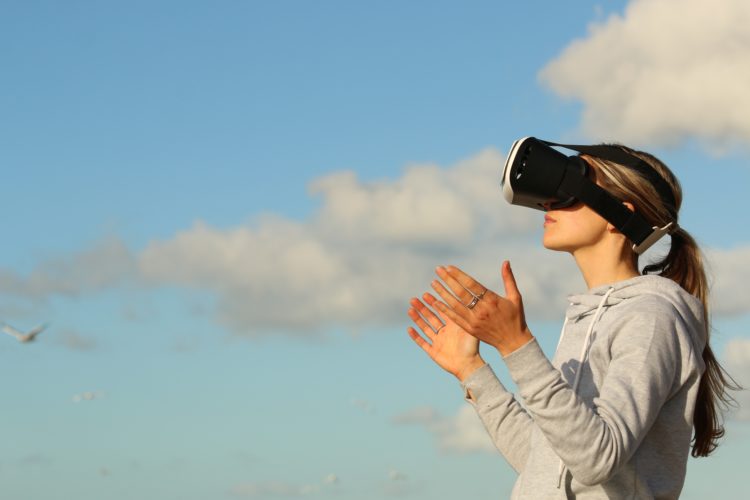
Last week, Facebook CEO Mark Zuckerberg delivered what many consider to be a significant blow to Snapchat’s core product concept. At the 2017 Facebook Developer’s Conference, F8, Zuckerberg announced that his social network will not only finally take the plunge into interactive camera integration, but also become a pioneer in converging social media and augmented reality (AR). From interactive frames to virtual reality parties and everything in between, Facebook is serious about innovating the AR frontier, and making it shareable, too.
So, what doors are opening up for augmented reality for tourist attractions and destinations? Opportunities abound in this new world, and all at the click of an app.
Facebook’s plans for AR essentially mean that the world is now your canvas. With its cameras now opened up to all types of developers, users will have access to features like customizable selfie masks, the ability to overlay items and notes on real world objects, and even the advancement of AR gameplay (think Pokémon Go). What’s the opportunity for museums, zoos, fairs and festivals? User engagement. The ultimate goal of social media marketing is to drive active engagement with consumers, particularly target markets. Zuckerberg and Facebook just enhanced the marketing game by making the social experience tangible. Attractions can make themselves even more interactive by participating in the social experience of AR, and encouraging patrons to do so, too.
Social media can serve a lot of your marketing masters: promotion/branding, customer relationship management, and market research. The same can be true of Facebook’s AR efforts – especially for your attraction. Like Snapchat, destinations and geographic locations can employ the use of filters to brand their locale for user-generated content. Facebook now allows for the same to be done in both 2-D and 3-D, but with more options for customization and increased accessibility for developers. The AR platform also gives brands the opportunity to learn about their patrons’ experiences. After all, customers will now have the power to share their thoughts and literally lay them right over your space. This provides unique possibilities for marketers to monitor interaction, track engagement, and gauge strategy.
The most significant characteristics of Generations Y & Z? They’re tech savvy, looking for interactive experiences, and like things highly customizable. As many are predicting, Facebook’s AR platforms are about to usher in a new wave of interactive media, and these two demographic cohorts are primed to truly embrace it. Add to this the fact that these two groups have pretty substantial purchasing power (whether independently or through others), and the marketing opportunities for attractions becomes all the sweeter. If your marketing strategy includes reaching these younger segments (and it should!), Facebook’s AR innovations are something to consider incorporating into your brand’s service and communications.
Since the F8 announcement, Facebook’s Camera Effects platform has launched. After taking it for a test run, consumers might be thinking: “Well, this is a lot like Snapchat, so why change?” At the release, Zuckerberg emphatically emphasized that this “copycat” platform was just the first step in Facebook’s extensive AR plans. The social network wants you to make the switch because they promise to have more in store than their competitors… but you’ll just have to wait. As for marketers, Facebook’s Camera Effects may actually be easier for you to develop branded content. Unlike Snapchat, Facebook is opening this platform to the work of developers and artists, making the options for frames and filters more customizable. That’s a significant advantage for brands and consumers alike.
While we’ll have to wait for the launch of other Facebook AR components, your brand can get ahead by exploring these developments. Take the time to figure out how they can effectively serve your attraction’s marketing efforts and get ready. A new wave of interactive marketing is coming!